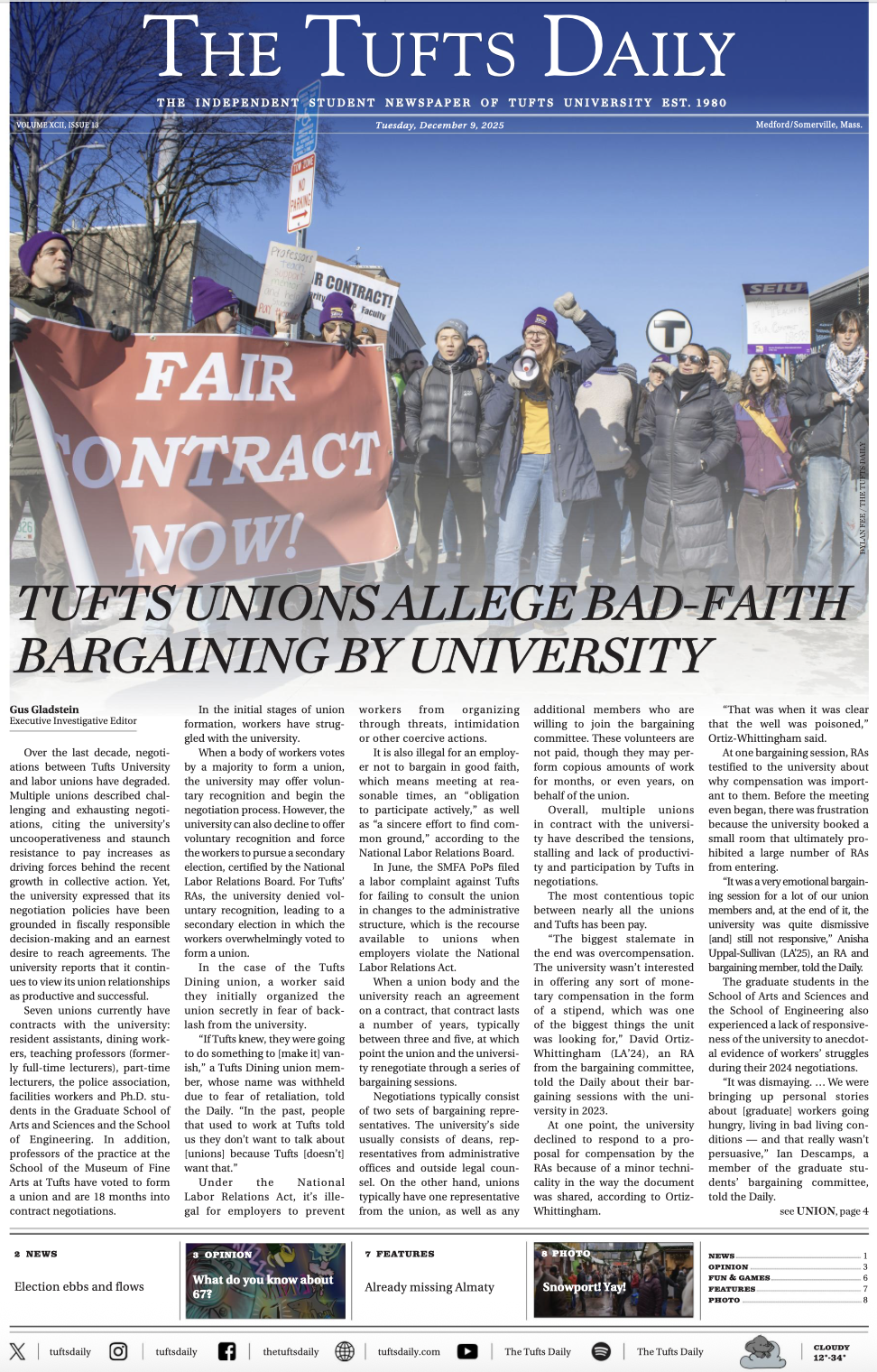Cheap shots, low shots, head shots. None of these are hockey plays — and that's why they should all be penalties.
Cheap shots generally result in interference or roughing penalties, while any check below the knees qualifies as a clipping penalty. Head shots? Technically there's no explicit rule outlawing hits to the head, but this came as news to Washington Capitals captain Chris Clark. In a recent interview, Clark was asked about head shots becoming illegal in the NHL, to which he responded, "I thought they already were."
Clark's answer reflects the opinion of many hockey players and analysts who believe that rule No. 43 in the NHL rule book — charging — already stands as a restriction against hits to the head. Charging is defined as "a player or goalkeeper who, as a result of distance traveled, shall violently check an opponent in any manner." Officials, however, have been extremely lax in calling this penalty, leaving any and all disciplinary actions in the hands of "The Sheriff," Colin Campbell, the league's Director of Hockey Operations.
The addition of a clear-cut penalty for head shots was a major topic of conversation during the NHL general managers' biennial meeting last week. This ongoing discussion was reignited by several incidents early in the season, most notably the hit by Philadelphia Flyers captain Mike Richards on the Florida Panthers' David Booth. Richards caught Booth with his head down entering the Flyers' zone, knocking him unconscious and sending him off the ice on a stretcher.
Was the hit legal? It is difficult to say. The gruesome slow-motion replay of the hit shows Richards' shoulder clipping Booth's chin after he had already gotten rid of the puck, but in reality, the hit came barely half a second after Booth had released his pass. Richards, who is not known as a dirty player, was assessed a five-minute major for interference and a game misconduct. However, after a review by Campbell and the league, the hit was deemed legal and no suspension was handed down.
After a similar incident last year, Campbell declared, "I believe there is a responsibility by the player getting hit by a legal check that he has to have his head up and avoid it. In my day, if you got hit that way, legally by a player, your teammates would wonder what was going on, your coach would look at you and maybe not say anything, but your dad for sure when you got home would give you crap for having your head down."
However, there is evidence that the overall attitude toward these hits is starting to change. Following the GM meetings last week, Toronto Maple Leafs general manager Brian Burke explained, "A player should have an ability to anticipate a hit, prepare for a hit or avoid a hit. If he doesn't have those, then I think the onus has to shift to the hitter. He's got to deliver a safe hit."
Burke may have the right idea when it comes to checking from behind, which is why the league has significantly tightened up on boarding calls. Often times, players are in vulnerable positions against the glass, and hits in those situations are dangerous and unnecessary. Only a few weeks ago, in the Ontario Hockey League, Ben Fanelli of the Kitchener Rangers was slammed into the glass by Erie Otters forward Michael Liambas, knocking him unconscious and fracturing his skull.
Ultimately, the responsibility lies on both players' shoulders. Hockey is a naturally aggressive game, and skaters need to have a keen sense of their surroundings during play. Catching someone admiring their nice pass with an open-ice hit is a solid hockey play. The problem is that players still have to avoid checking opposing players who are defenseless and susceptible to serious injury.
Moreover, implementing a headshot rule is unnecessary; the penalty already exists. Plays like the Booth hit are instances more of bad luck than of bad will. Oftentimes, an otherwise-clean hit becomes dangerous when a player turns his head or body in an attempt to evade the check, leaving him in worse position for the impact. Nothing can be done to avoid these split-second decisions that end tragically; they are a part of the game, and accidents are bound to happen in such a violent atmosphere.
There is a major difference, though, between a hit gone awry and hits with intent to injure. Richards was trying to knock Booth off the puck, but other recent hits have undoubtedly been more malicious. For example, Los Angeles Kings defenseman Rob Scuderi's extremely low hip check on Columbus Blue Jackets forward Jason Chimera was completely unnecessary and clearly aimed at hurting Chimera. Similarly, repeat offender and Dallas Stars enforcer Steve Ott clipped St. Louis Blues defenseman Carlo Colaiacovo way after a play, knocking Colaiacovo out of the game.
The league handed down a two-game suspension to Ott but failed to even call a penalty on the low-bridge by Scuderi. The problem is the NHL's inability to discipline these hits in a consistent way.
Until the league is able to regulate punishments for dirty plays, the addition of a headshot rule won't mean anything. The general managers need to take a step back and realize that the best way to ensure player safety is not necessarily by adding rules but perhaps by dealing with these hits strictly and dishing out major suspensions for ruthless checks. For example, Liambas was suspended for the rest of the season by the OHL for his careless hit on Fanelli. Once players realize how serious the consequences are for their actions, they'll think twice before taking cheap shots at other skaters.





